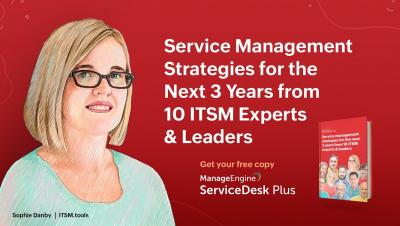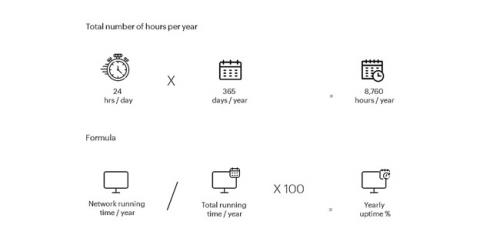Operations | Monitoring | ITSM | DevOps | Cloud
ManageEngine
Streamline user lifecycle management with ADManager Plus' orchestration
Orchestration in an IT environment refers to the coordinated management of workflows, applications, and systems, with the primary goal to optimize business performance by streamlining processes. Using orchestration, IT administrators can automate, from a single console, a series of tasks to run at a defined time or interval. This includes automating IT tasks like provisioning of user accounts, as well as managing databases, incidents, applications, and cloud resources.
5 things to keep in mind when planning your IT budget
How to perform zero-touch deployment
ManageEngine CloudSpend overview - Cloud cost management tool | Save your cloud costs
IT analytics in 90 seconds: Tackle costly IT incidents at their onset
Five worthy reads: The future of work, metaverse style
Five worthy reads is a regular column on five noteworthy items we have discovered while researching trending and timeless topics. This week, we explore the impending impact of the metaverse on the future (or now) of work and productivity. Illustration by Akshaya Maheswaran Imagine a world where you can work from anywhere, collaborate with colleagues from around the globe, and attend meetings in virtual reality (VR) conference rooms.
Applications Manager once again helps customers go beyond their limits
Reading case studies can be a tedious task for someone who needs to single-handedly manage the entire IT infrastructure of their firm. But hey, why not spend a minute or two if it can provide you some golden tips on how to save time while monitoring your complex IT infrastructures? Here are the stories of two firms that achieved improved performance after switching to Applications Manager. Dig in to learn how they made the best use of our product and achieved a better version of themselves.
How a corrupted file took down 12,000 flights across the US: Real-world consequences of minor IT negligence
The airport is shutdown in the midst of a busy time, masses of people are stranded, pilots wait in the cockpit awaiting ground information, there’s confusion and panic among the crew. This could easily be a scene from Die Hard 2 where the villains take over an airport and seize control of all electrical equipment. But, hate to break it to you, this actually happened. Is it possible for one person to disrupt the entire nation’s aviation system? Apparently, yes.











